How to Choose Between Active and Passive Long-Range RFID Readers?
370Understand the differences between active and passive long-range RFID readers. Learn how to select the best option for your needs with Cykeo’s expert guidance.
MoreAll RFID Product
Sometimes, when you swipe your subway card, flash an employee badge, or grab a box from a warehouse, you’re interacting with an “invisible wave.” That tiny chip—a RFID tag—is like a secret code in the digital world, telling the system, “I’m here.”
RFID (Radio Frequency Identification) might feel high-tech, but its principle is surprisingly simple: a reader emits a radio wave, the tag’s coil senses energy, and its chip “wakes up” and responds.
Some tags are passive, powered by the reader; others carry their own battery and speak up proactively. They come in low frequency (LF) for animals or short-range access, high frequency (HF) for payments or tickets, and ultra-high frequency (UHF) for warehouses, retail, and logistics.
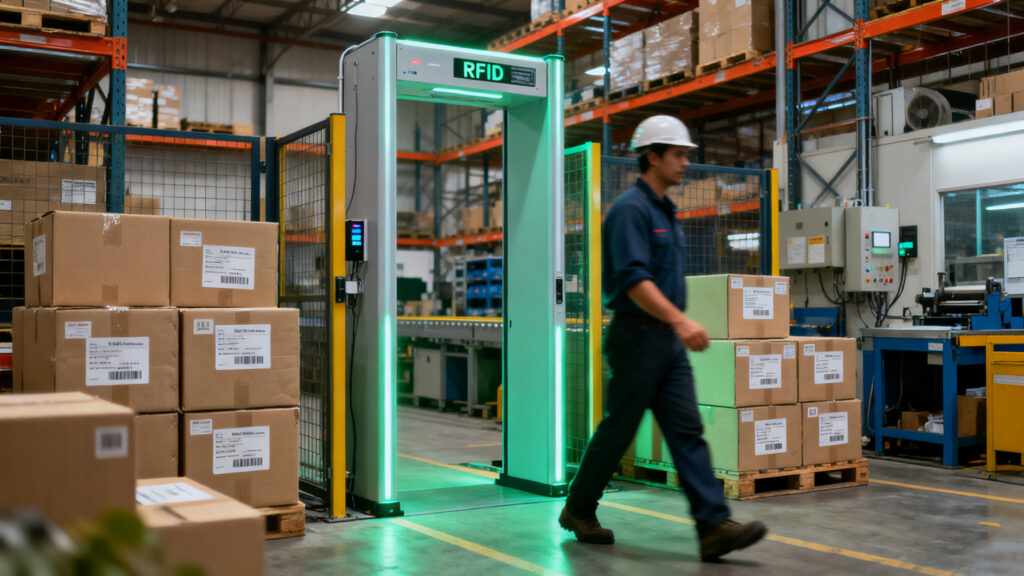
But it’s not just about frequency—it’s an “environment philosophy.” Metal reflects signals, moisture absorbs energy, angles distort coupling. In real-world deployment, engineers adjust antennas, test read angles, and move tags slightly—like conducting an invisible symphony.
Humans use RFID in far more interesting ways than textbooks suggest.
In a warehouse, thousands of items pass through RFID gates, and the system recognizes them in seconds, no scanning required. Operators just watch a live inventory dashboard flicker with updates.
In a surgical suite, instruments, drapes, even patient wristbands carry RFID tags. They don’t just get “seen”—they are “remembered”: which instruments entered the sterile zone, which drape wasn’t collected, which patient is at which stage—all digitally logged.
And in retail, RFID tells stories that feel like magic. You try on a shirt, and the smart mirror suggests other colors; at checkout, the entire basket is scanned in one sweep. It’s not illusion—it’s hundreds of UHF tags and antennas working in quiet coordination.
A RFID tag isn’t readable everywhere. Metal surfaces reflect and cancel signals; water absorbs energy; plastic alters coupling. Engineers respond with “on-metal tags,” waterproof encapsulation, ceramic backings, or even flexible sew-in tags.
Every material choice carries trade-offs: the tougher the tag, the pricier it is; the more precise the encapsulation, the thicker it gets. In warehouses, managers constantly weigh “cost vs. read distance”: every millimeter shaved from a tag could mean thousands of dollars in inventory savings—or losses.
Anyone who deploys RFID knows it’s “smart, but imperfect.” Signals get blocked by forklifts, readers might detect items on neighboring shelves, or too many tags read at once can confuse the system.
The real value isn’t the hardware—it’s the system strategy: filtering, deduplication, timestamps, spatial logic. RFID is the starting point of data collection, not the final answer.
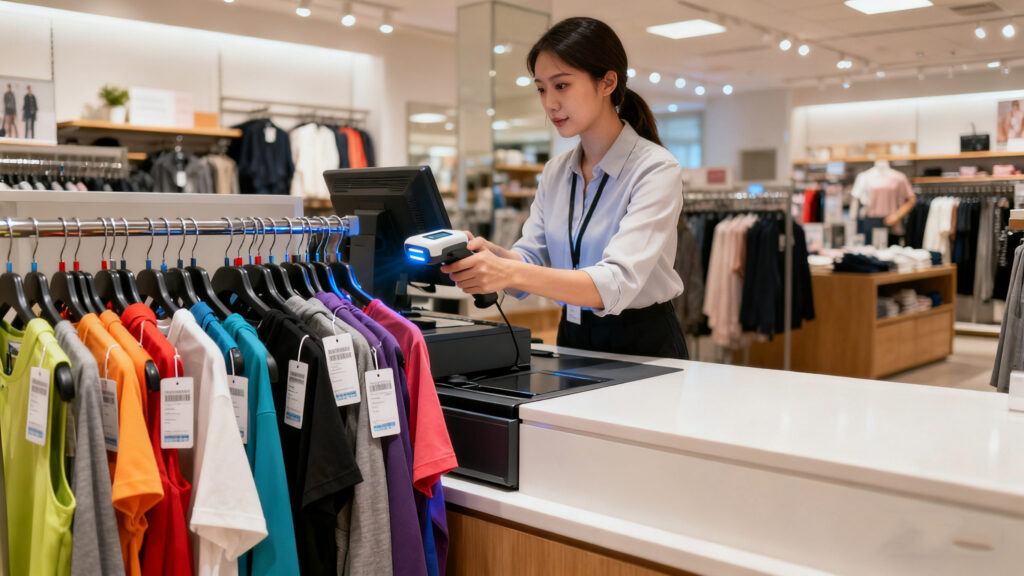
RFID isn’t just for warehouses. It quietly inhabits everyday life:
People have mixed feelings: convenience vs. privacy. But most passive RFID tags have short read distances; the real “remote surveillance” comes from the smart devices we carry. RFID is quietly doing its recognition work.
Tomorrow, RFID may no longer be called “tags.” Flexible chips can be printed on packaging, fabrics, even skin patches; sensors could measure temperature, humidity, or vibrations. Shipping containers won’t just be “read”—they’ll report their environment autonomously.
RFID will evolve from an identification tool into the nervous system of the Internet of Things.
If barcodes are names humans give objects, RFID is the language letting objects “speak.”
It’s not flashy futurism—it just gives systems a bit more perception.
In cold-chain warehouses at dawn, during retail inventory night shifts, or inside operating rooms, countless invisible electromagnetic signals quietly record the order of human activity.
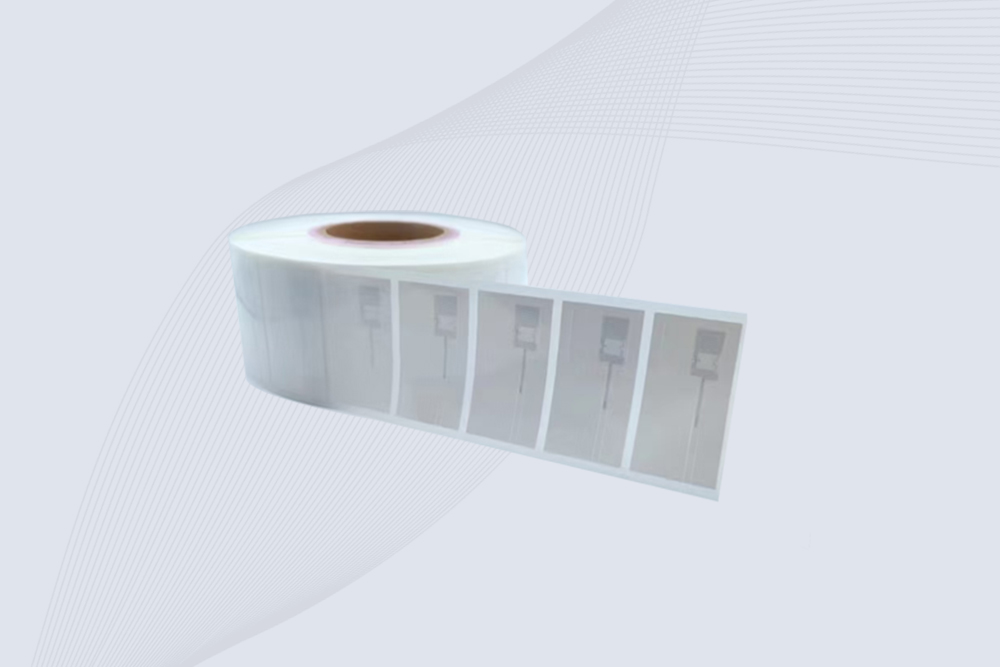
Cykeo CK-BQ6826 Jewelry uhf rfid tag features NXP UCODE 9, 8m read range on metal, and anti-counterfeit security for luxury assets.
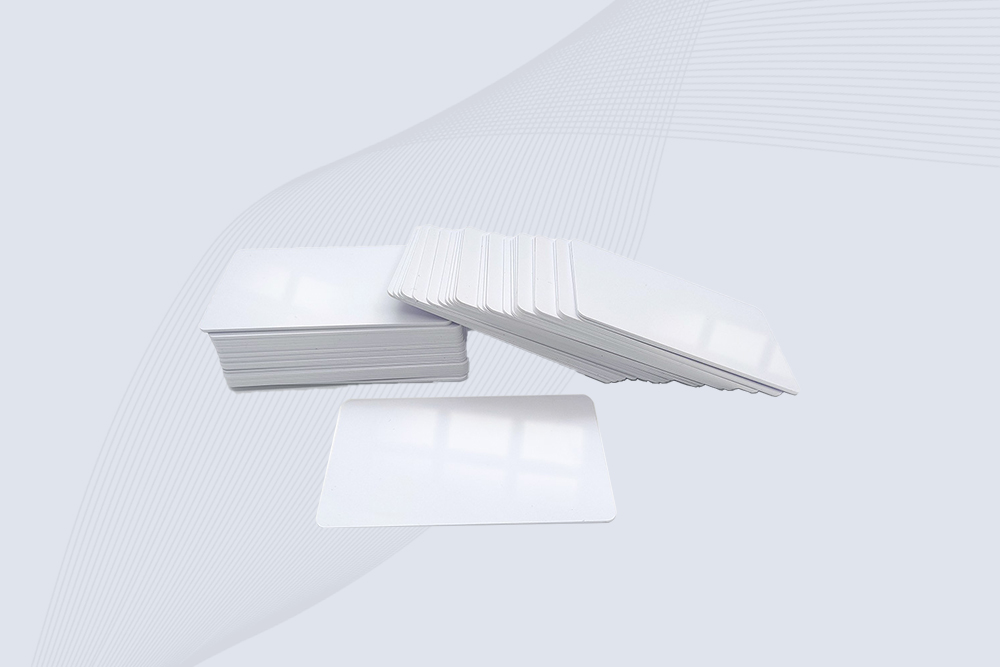
Cykeo CK-BQ8554HF HF rfid cards feature FM1108 chip, 100K write cycles, and customizable printing for access control systems.
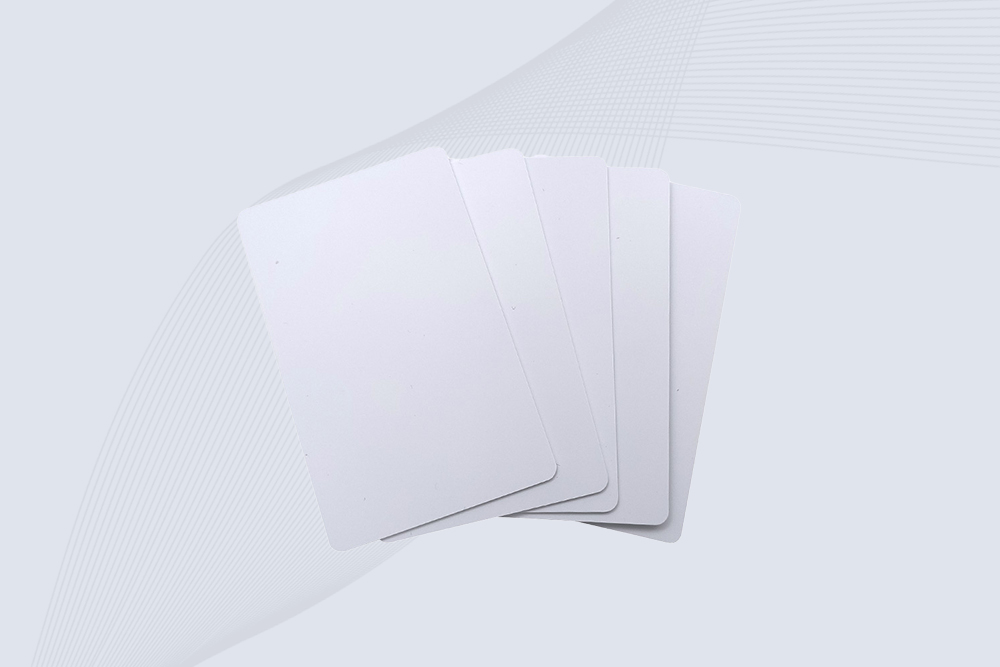
Cykeo CK-BQ8554UHF uhf rfid card features U9 chip, 100K write cycles, and CR80 size for access control/inventory management.
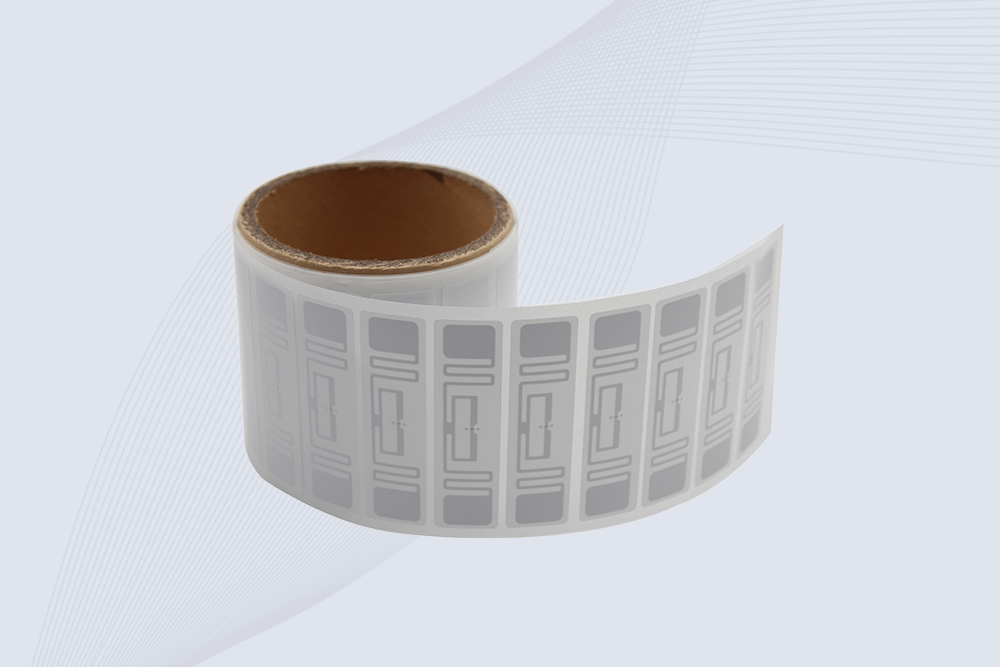
Cykeo CK-BQ7320 UHF RFID asset tag features aluminum-etched antenna, 10-year data retention, and -40°C to +85°C operation for industrial tracking. ISO/IEC 18000-6C compliant with 128-bit EPC memory.
Understand the differences between active and passive long-range RFID readers. Learn how to select the best option for your needs with Cykeo’s expert guidance.
MoreExplore key challenges in UHF passive RFID technology, including signal interference, material limitations, and scalability. Discover how Cykeo addresses these issues.
MoreLearn how to test RFID tags using your iPhone. Discover Bluetooth reader options, free apps, and troubleshooting tips for quick verification.
MoreHow to test RFID with a phone? With NFC functionality and mobile apps, users can quickly read high-frequency RFID tags. This is ideal for field testing, verification, and early project identification. Learn the exact steps and how to troubleshoot ...
More